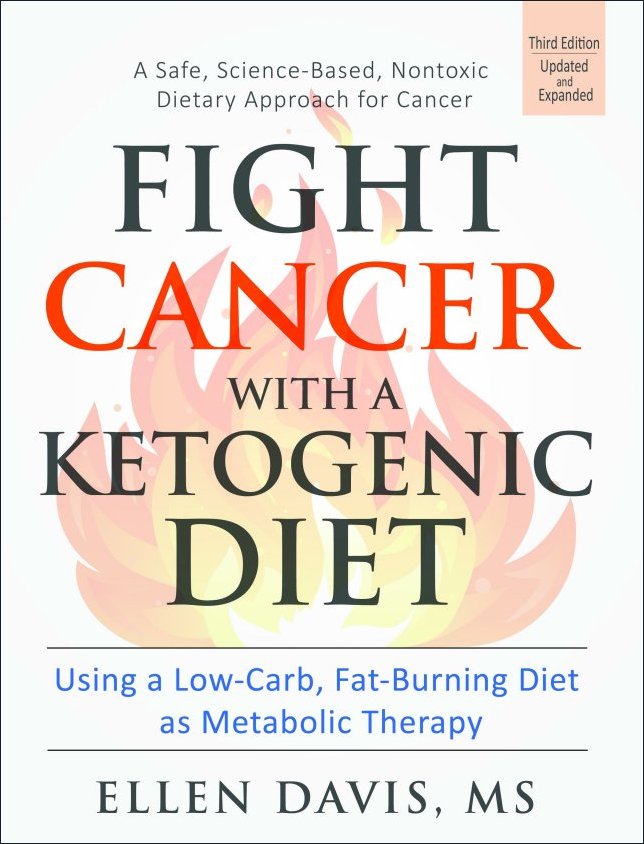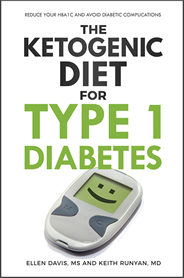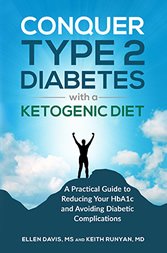Protein Power Diet
The Protein Power Diet was created by Drs. Michael and Mary Dan Eades. The diet is based on our genetic ties to paleolithic man, and proposes that the healthiest human diet is one which most closely follows what paleolithic man would have eaten.
The main goal of the diet is to restore health and well being through the avoidance of modern processed foods, specifically foods made from grain, sugar and for some, dairy products. The authors believe that avoiding these types of foods will go a long way toward healing a leaky gut, reducing triglycerides, lowering blood pressure and blood sugar, and increasing HDL cholesterol so that the ratio of HDL to Triglycerides moves closer to the ideal measurement of one.
The plan progresses linearly, starting with fairly intense changes, then relaxing as time goes on. You start at:
- The Intervention level, followed by
- The Transition level and once you've achieved your health and weight goals, you move to
- The Maintenance level to maintain your new health and fitness levels.
You can also choose from three different levels of committment to the plan and restriction of problem foods:
- Hedonist - greatest reward health wise with the least effort and diet adjustments
- Dilettante- middle of the road - greater health benefits with a little more effort.
- Purist - the strictest regimen for maximum health and fitness results. This plan is closest to a true paleolithic diet in that it avoids all grain, sugars and dairy, and recommends that all meats and vegetables be organic and naturally grown.
Here are some of the most important terms and concepts introduced in the Eades' books:
- ECC: Effective Carbohydrate Count. This is basically the same as net carbs, in that it's the total carb count of a food minus the fiber count.
- Minimum Protein Requirement: This is a calculated number and ranges from 20 grams of protein per meal for a small, short woman to 46 grams of protein per meal for a tall, large man. This translates to about 3.5 ounces of meat, fish or eggs, or poultry up to about 7 ounces per meal for a large man.
The Protein Power diet is a great example of a ketogenic diet plan and offers the same benefits of increasing saturated fat consumption and decreasing carbohydrate intake.
The Eades also recommend several supplements, getting enough sunshine exposure, avoiding the intake of too much iron and other concepts.
I highly recommend the Protein Power books. They do a good job of explaining medical concepts in a easy to understand way, and the books are quite funny at times.
- The Protein Power Life Plan
- Protein Power: The High-Protein/Low-Carbohydrate Way to Lose Weight, Feel Fit, and Boost Your Health--in Just Weeks!
- The 30-Day Low-Carb Diet Solution
- The Low-Carb Comfort Food Cookbook
- The Low Carb CookwoRx Cookbook
- Staying Power : Maintaining Your Low-Carb Weight Loss for Good
Dr. Mike Eades also maintains a nice blog here.
All of my books are available in electronic PDF, and now in paperback on Amazon!
 |
 |
 |
|
Buy paperbook on Buy paperback on Amazon Buy the e-Book via Paypal |
Buy paperback on Buy paperback on Amazon Buy the e-Book via Paypal |
Buy paperback on Buy paperback on Amazon Buy the e-Book via PayPal |